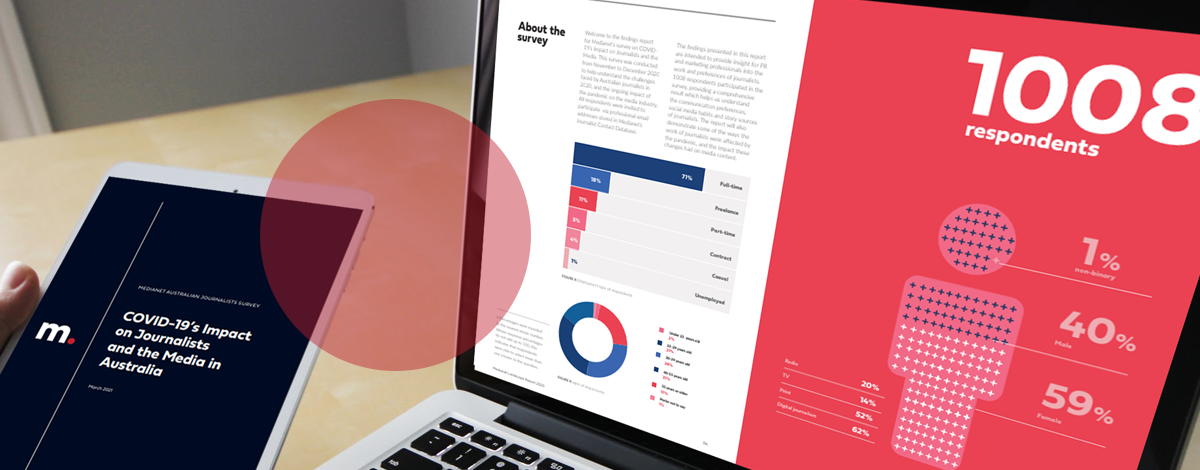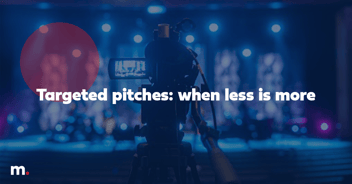Is the press release dead? Journalist survey finds traditional PR practices remain the most effective

The PR, marketing and communications industries are constantly evolving to adapt to new technologies and trends. In recent years PR professionals have begun to incorporate innovative strategies harnessing social media, such as influencer campaigns and creative digital strategies.
With all these new techniques emerging, this brings us to the question: is the traditional press release dead?
The short answer is no.
Based on the results of our 2020 survey of over 1000 Australian journalists, the press release is still the second most commonly used source for journalists researching a story, with 82% of journalists reporting that they use press releases. This source is beaten only by industry and professional contacts, used by 88% of journalists.
There is, however, large disparities in the use of press releases depending on a journalist’s beat or subject area. Journalists reporting on beauty and property are the top users of press releases, with a staggering 93% and 92% of journalists covering these respective topics saying that they use press releases as a source. Those working in national news or sports were the lowest users of press releases.
The use of press releases across different sectors and mediums tends to be fairly consistent, but, interestingly, radio journalists emerged in the survey as the most likely to use the release as a source, over TV, digital or print journalists.
But here’s the catch…
Consumers aren’t the only ones dealing with an unrelenting battle for their attention. Journalists are constantly facing a vast array of information and stories that could be used as potential media content (77% of journalists say they source stories from social media). There is now far more pressure on PR and communication professionals to not just reach the inbox of journalists, but to catch their eye long enough to do justice to the story they are presenting.
3 tips for making your press release stand out:
Tip 1
Our journalist surveys have found that the biggest “bugbear” or annoyance for journalists for 41% of journalists was receiving press releases not related to their work or industry. Rather than simply attempting to reach as many journalists as possible with your campaign, build and maintain relationships with those in the media industry by identifying the most relevant journalists to target with your release. Our media contacts database contains the profiles and communication preferences of thousands of journalists relevant to every industry.
Tip 2
Add images, videos, audio grabs, or infographics to your press release to instantly increase your chances of having your campaign picked up by the media. It’s essential that all images and videos are captioned (and credited where appropriate). Collate these assets into a Multimedia News Release so journalists can easily access all your multimedia.
Tip 3
Finally, the success of your campaign really comes down to the story you are telling. A quarter of surveyed journalists responded that their biggest bugbear when it comes to press releases was receiving content lacking in news value. When preparing your press release, it’s essential to consider the timeliness and relevance of your campaign to the broader news agenda or subject matter of the publication you are pitching to.
Here is a useful resource to help you create a press release that will catch journalists’ eyes:
If you have a press release ready to distribute, complete this free two-minute questionnaire about your campaign for personalised tips and advice on how to optimise your chances of media coverage:
Personalised press release distribution strategy tips.




